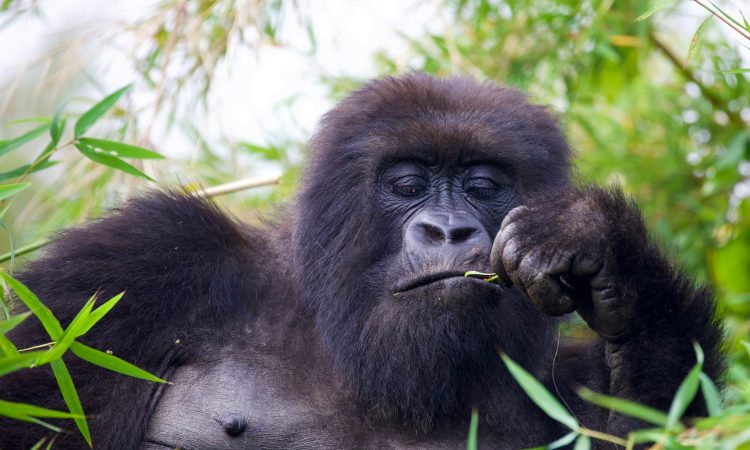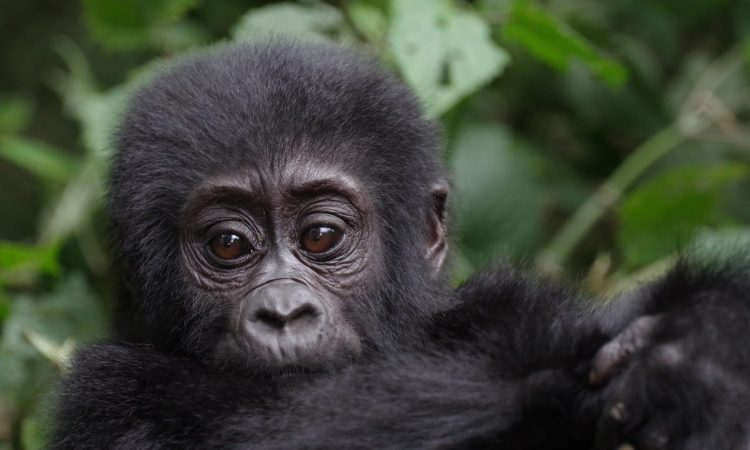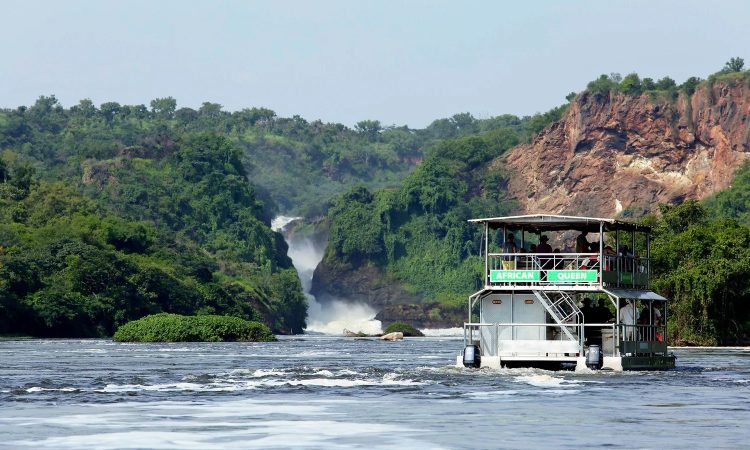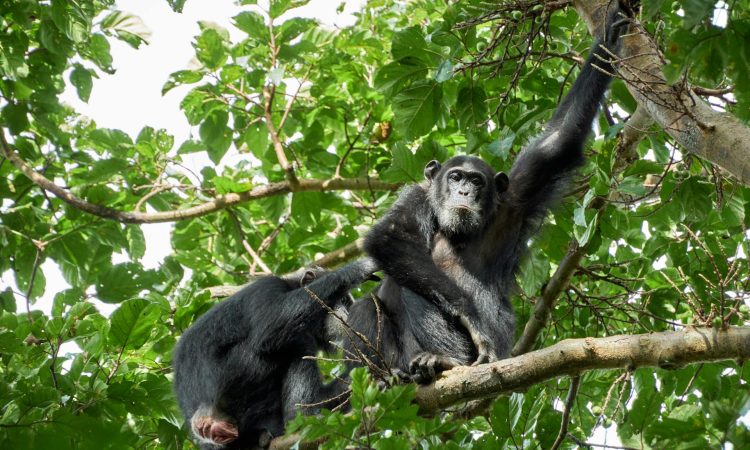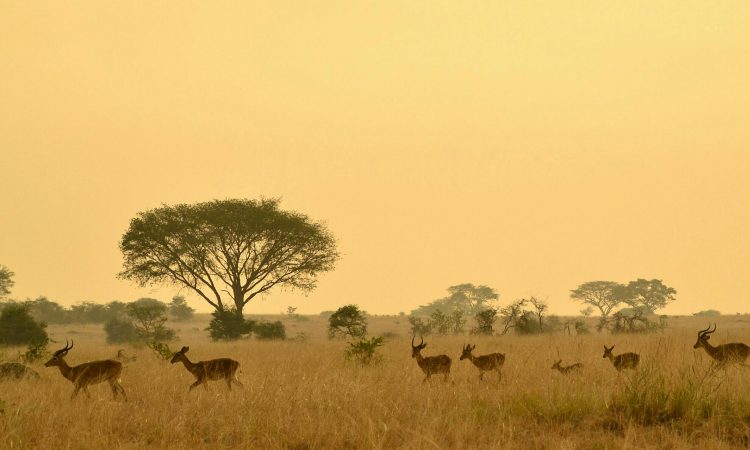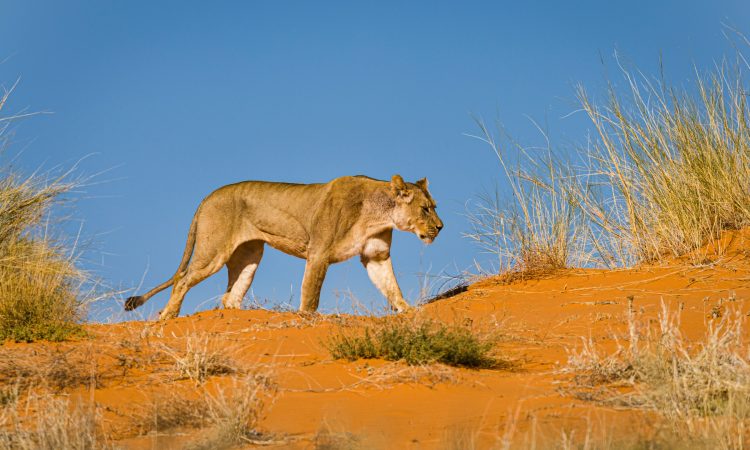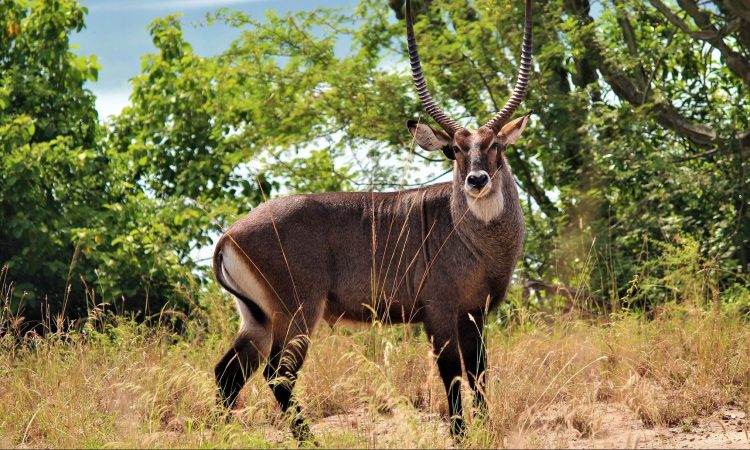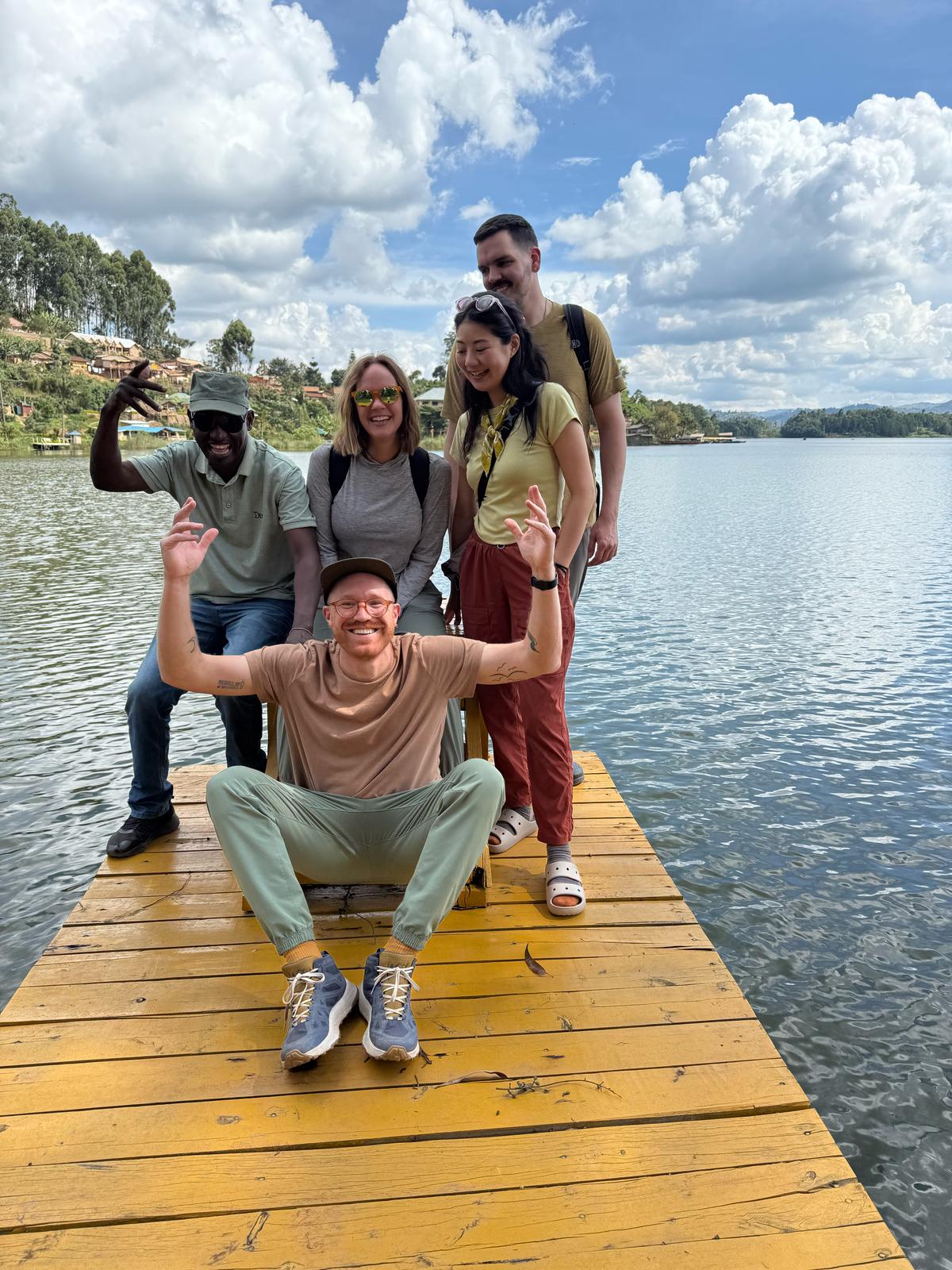The Batwa Trail and Batwa Experience activities can be done in Bwindi Impenetrable National Park and Mgahinga Gorilla National Park in Uganda, respectively.
The Batwa people, commonly known as Pygmies, are an endangered group believed to have migrated from the Ituri Forest in Congo in search of wildlife to hunt.
This migration influenced the naming of Kisoro, the district where they settled. Kisoro means “Place of Wildlife.”
The first record of the Pygmies was made by the Egyptians over 4,000 years ago, describing them as “Dancers of the Gods.” They were depicted as people of short stature living near the Rwenzori Mountains. The Batwa, who are hunter-gatherers, were the first inhabitants of the Virunga and Great Lakes Region.
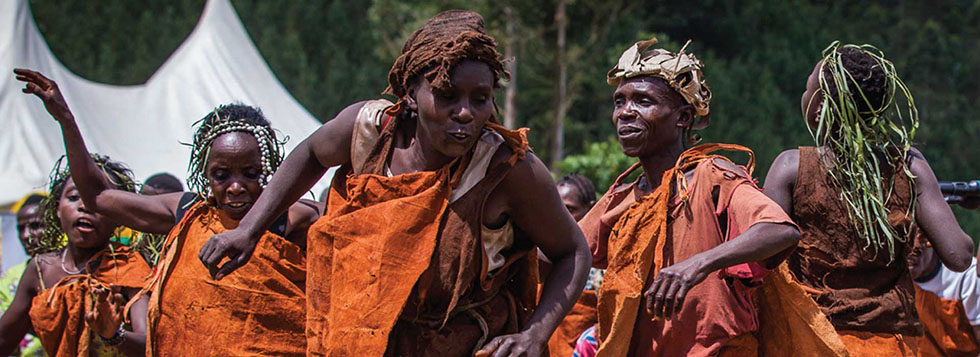
They believe that when their creator was making people, He gave different gifts to each group, such as good land or height. They believe their creator gifted the rainforests to the Batwa people.
The Batwa lived in these rainforests for over 500,000 years in harmony with nature, depending on the forests for medicine, shelter, food, and shade. They coexisted peacefully with mountain gorillas and treated the forest with respect. There was no deforestation, charcoal burning, or bushfires. However, in 1991, the Batwa were evicted from the forests without compensation, leaving them displaced and struggling.
Forced out of the forests, the Batwa had no choice but to work on surrounding community farms under the hot sun for very low wages. They could no longer preserve their culture as they once did in the forests.
Today, fewer than 3,000 Batwa remain in the world. To preserve their culture and educate others, they have created trails to teach children and visitors about their ancient traditions and how they lived in the forests for hundreds of thousands of years.

By 2002, the Batwa were nearing extinction, but American missionaries Dr. Scott and Carol Kellermann helped to save them.
They purchased land, built houses, schools, and hospitals, significantly improving the Batwa’s quality of life.
Today, their population has increased, and they earn a portion of the fees from tourist activities in the area, including Uganda gorilla trekking safaris, the Batwa Trail, and the Batwa Experience.
Batwa Community Experience in Bwindi Impenetrable National Park
The Batwa Community Experience in Bwindi Impenetrable National Park involves a guided nature walk and hike into the forest, led by a Batwa guide who demonstrates traditional hunting methods, including setting traps.
Visitors can also visit a Batwa homestead to learn how women prepare traditional meals and weave baskets. Guests are entertained with traditional dances, songs, and storytelling, sharing myths and ancient tales about their forest life.
Batwa Experience in Mgahinga Gorilla National Park
The Batwa Experience in Mgahinga National Park begins at the Muhavura Caves, guided by Batwa elders. It often starts with a prayer to the gods for guidance through the forest. The guides explain how they used to live in the forest, showcasing traditional herbs, constructing grass-thatched houses, gathering honey, and demonstrating hunting techniques.
Visitors also participate in cultural activities, such as making bamboo cups, visiting a traditional healer, and learning about herbal medicine. The experience ends at the Garama Cave, once the Batwa king’s residence. Inside the cave, a cultural dance is performed, which visitors often find highly enjoyable.
Other Activities
Most visitors who explore the Batwa Trail also participate in gorilla trekking, the most popular activity in Bwindi Impenetrable and Mgahinga Gorilla National Parks. The Batwa lived harmoniously with mountain gorillas, which now number slightly more than 1,000 in the world.
Bwindi and Mgahinga offer gorilla permits for $800, allowing one hour with the gorillas. Alternatively, the $1,500 Gorilla Habituation Experience allows up to four hours with researchers and gorillas.
Golden monkey trekking is another activity available in Mgahinga Gorilla National Park, home to an estimated 3,000–4,000 golden monkeys. Trekking these monkeys is less strenuous than trekking gorillas because golden monkeys live on the lower slopes.
Trekking permits are also more affordable. Golden monkeys are known for their playful behavior and beauty, often posing for photos under flash cameras, unlike gorillas.
Best Time to Visit the Batwa in Bwindi & Mgahinga
The Batwa Trail and Batwa Experience can be done year-round. However, if you plan to combine the Batwa Trail with gorilla trekking, the best times to visit are June to August and December to February. Gorilla permits should be obtained in advance, about three months before the trek date.

